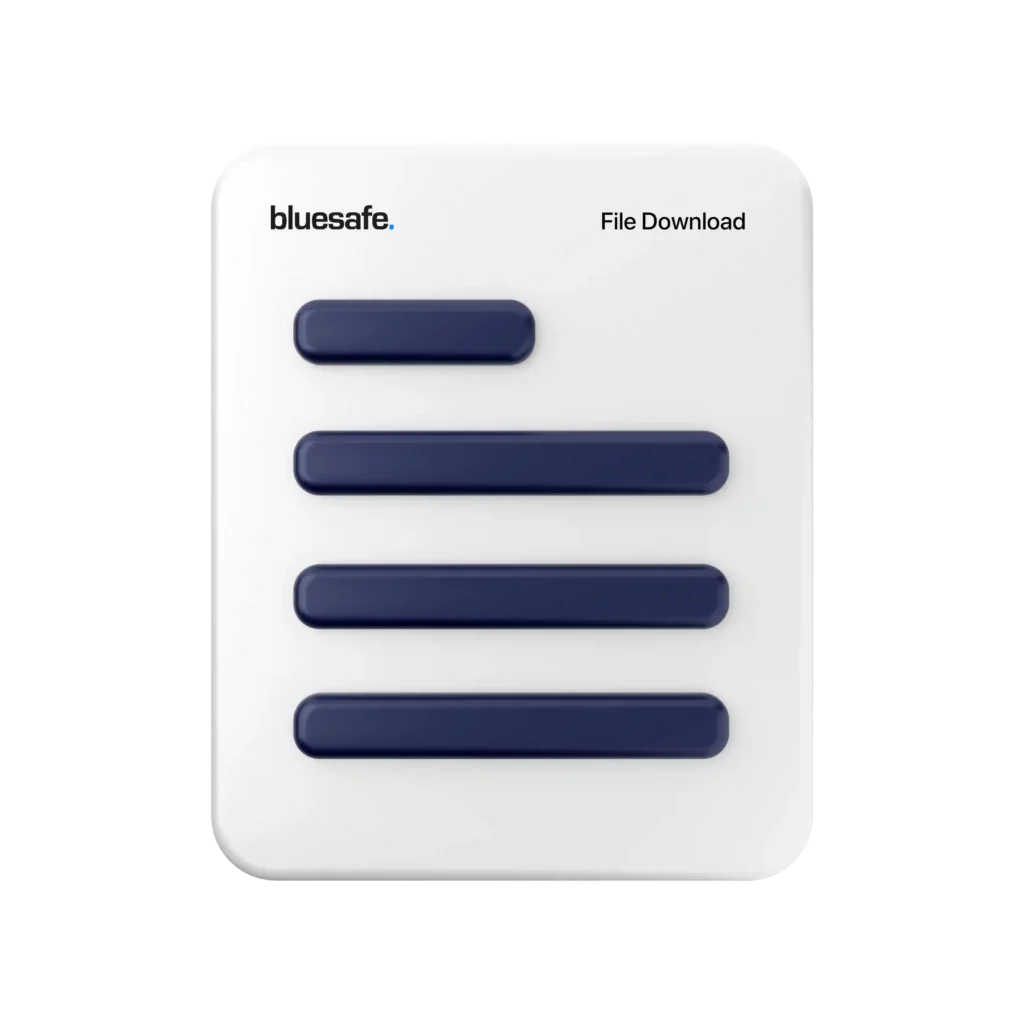Introducing our Corrosives Safe Work Method Statement – a comprehensive and pre-filled document designed to help you implement safe work practices on your site. Our SWMS is packed with features that make it easy to use and customise to your specific needs. Here’s what you can expect:
• Pre-filled and Comprehensive: Our SWMS is pre-filled with relevant information and is comprehensive in nature, covering all aspects of working with corrosives. This will save you time and effort in preparing a SWMS from scratch.
• Fully editable and customisable in Microsoft Word format: Our SWMS comes in an easy-to-use Microsoft Word format, which allows you to edit and customise it to your specific requirements.
• Includes the scope of the project and project details: Our SWMS includes the scope of the project and all relevant project details, ensuring that nothing is left out.
• Includes checklist of any high-risk machinery on site: We understand the importance of identifying high-risk machinery on site. That’s why our SWMS includes a checklist to help you do just that.
• Includes space for recording any staff training: Keeping track of staff training is important when it comes to implementing a SWMS. Our SWMS includes space for you to record all relevant training.
• Includes before and after risk ratings: Our SWMS includes before and after risk ratings, so you can easily see the impact of your safe work practices.
• Includes resources for use of legislative references: We know that keeping up with legislative references can be challenging. That’s why our SWMS includes resources to help you stay on top of it all.
• Includes all PPE required: Our SWMS includes all PPE required for working with corrosives, so you can be sure that your workers are properly protected.
• Includes risk assessment and risk assessment matrix: Our SWMS includes a risk assessment and risk assessment matrix, which makes it easy for you to identify and assess potential risks.
• Includes a checklist to ensure all requirements have been covered: Our SWMS includes a checklist to ensure that all requirements have been covered when implementing the SWMS.
• Includes sign-off page for all workers and responsible persons: Our SWMS includes a sign-off page for all workers and responsible persons, ensuring that everyone is on the same page and committed to implementing safe work practices.
• Easy to use, easy to customise: Our SWMS is designed to be easy to use and easy to customise, so you can focus on implementing safe work practices rather than struggling with paperwork.
• Suitable for large contracts and tenders, including tier 1 contractual work: Our SWMS is suitable for use in large contracts and tenders, including tier 1 contractual work.
• Instantly delivered download: Our SWMS is available for instant download, so you can start implementing safe work practices right away.
At our company, we understand the importance of safety on the job. That’s why our SWMS for working with corrosives is designed to be comprehensive, easy to use, and fully customisable. We’re confident that our SWMS will help you implement safe work practices and keep your workers safe.
Here is some safety information related to working with corrosives.
![]()






